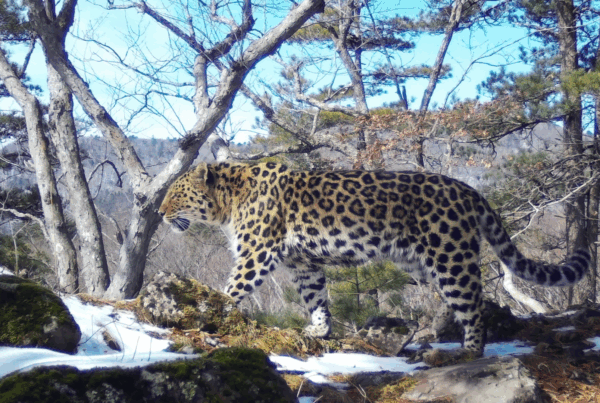- An umbrella species like the tiger plays a pivotal role in protecting entire ecosystems, as its conservation indirectly safeguards numerous other species within the same habitat.
- A recent study highlights how tigers, by leaving carrion after hunts, support scavenger birds and contribute to forest health, particularly during winter when food is scarce.
- The study underscores that protecting tigers not only preserves this single species but also ensures the stability and resilience of the broader ecosystem they inhabit.
An umbrella species is one whose conservation naturally extends protection to a wide range of other species within the same habitat. By focusing on preserving these key species, such as tigers, we indirectly safeguard entire ecosystems and the multitude of organisms that depend on them.
A recent study, soon to be published in Global Ecology and Conservation, sheds new light on the tiger’s indirect influence on forest ecosystems, particularly through its role as a provider of carrion—a critical resource for many forest-dwelling species, including birds.
By hunting large prey like wild boar and deer, tigers regulate prey populations and inadvertently support a wide range of scavengers. When an Amur tiger makes a kill, it typically consumes about 65-75% of the edible portions, leaving behind carrion that becomes an essential food source for other animals in the ecosystem, particularly during the harsh winter months when other food is scarce. The study highlighted that the Amur tiger, through its hunting activities, indirectly supports the survival of scavenger birds who then contribute to forest health by controlling insect populations and spreading seeds.
Tigers not only provide sustenance for scavengers but also help in nutrient recycling, disease control, and the maintenance of species diversity. The ecological role of tigers therefore extends far beyond their immediate prey, influencing the survival and behavior of a wide range of other species in the ecosystem.
This study provides compelling evidence that by protecting tigers, we are also safeguarding the myriad species that depend on them, ensuring the stability and resilience of these critical habitats.
Take a look at our projects and see how we’re supporting tigers and their wider ecosystems.






